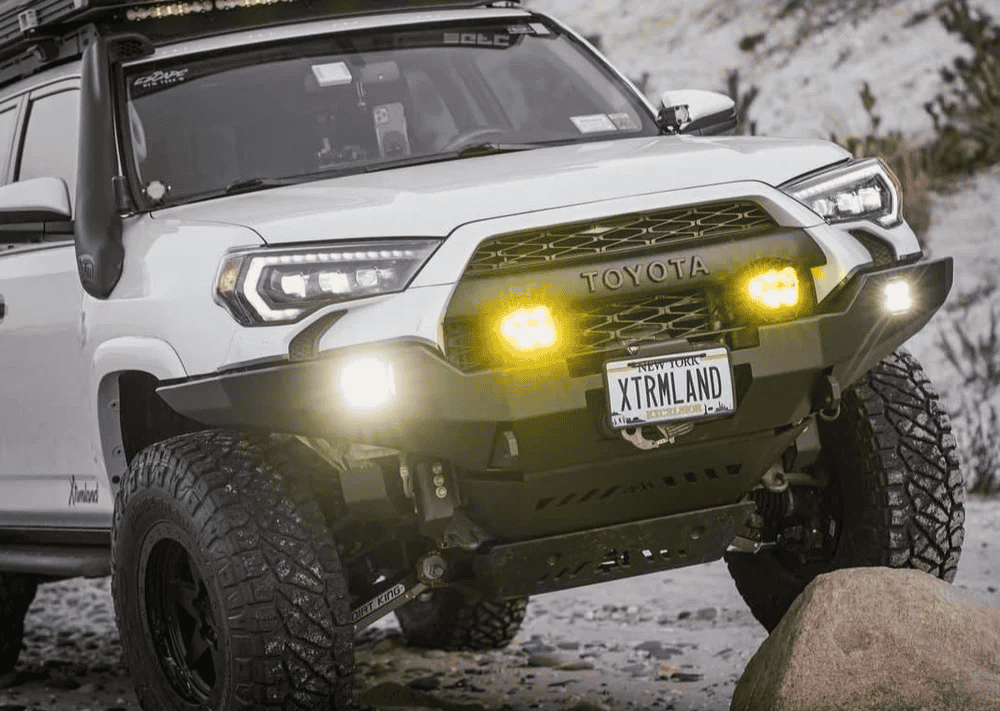Overland Vehicles

Every strong build begins with a crystal clear purpose. Will you chase desert tracks, forest roads, or alpine passes. How many days will you be remote before resupply. How many people and pets are riding along. The answers shape everything from tire choice to power storage.
Start by framing a realistic radius of travel and seasonal conditions. Summer heat drives ventilation and fridge performance. Cold nights push insulation, heating, and battery chemistry. The longer and rougher the route, the more your suspension, storage, and spares need to support self sufficiency.
Create a payload plan early. Add up water, fuel, recovery kit, tools, spares, food, and personal gear. Compare that total to your vehicle payload rating and aim to keep a healthy safety margin. Weight is the enemy of braking, cooling, and handling, so decide what truly earns a place on board.
Write a simple table of must have, nice to have, and leave behind. Weigh actual items with a scale rather than guessing. Position heavy gear low and centered to reduce body roll and frame stress. Secure everything with proper anchors and hardware to prevent movement on rough roads. A tidy loadout that stays put is both safer and easier to live with.
With the mission set, spec components that solve specific problems. Tires and suspension set the foundation for control and comfort. Slightly taller tires improve clearance but can affect gearing and braking. Quality all terrain patterns often outperform aggressive mud tires on mixed travel while staying quieter and more efficient.
Protection and recovery come next. Underbody plates, rock sliders, and bumpers add insurance against trail damage. Recovery boards, a rated strap, soft shackles, and a shovel handle many stuck scenarios. A winch enhances options when traveling solo, provided the system is matched to vehicle weight and mounted correctly.
Lighting and navigation support long days. Reliable low draw lighting with proper aim helps avoid eye fatigue and glare. Layer digital maps with downloaded offline data and carry a paper backup. Satellite communication is smart insurance when you move outside cell coverage.
Build an energy budget before buying parts. List every device with watts and hours per day to get watt hours required. Fridges often average the draw of a small light bulb over 24 hours, while fans, chargers, and pumps add predictable load. Choose a battery size that supports at least one full day without charging, then add charging sources like alternator, solar, or shore power based on your travel style. Modern lithium batteries offer deep usable capacity and steady voltage, which keeps sensitive gear happy.
Sketch traffic flow for cooking, sleeping, and daily movement. Keep frequently used items within easy reach of the door. Opt for drawers or slide outs for heavy items so you lift with your legs and not your back. Ventilation near the bed and food storage improves comfort and reduces moisture. A calm cabin keeps spirits up when the weather turns or a road closure extends the day.
Straight talk on money saves frustration. Estimate costs in layers. First, safety essentials like brakes, tires, recovery, and communication. Second, reliability upgrades and protection. Third, power, water, storage, and sleep. Fourth, comfort and convenience. This approach keeps the project moving without sacrificing the fundamentals.
Test in short loops before a long departure. Run a weekend shakedown to simulate a typical day. Note what you used, what stayed in the box, and what broke the flow. Small changes now prevent large headaches later. Keep a log of temperatures, battery levels, water usage, and fuel economy to inform the next upgrade.
Compliance and safety matter. Use rated hardware, torque fasteners correctly, protect wiring from abrasion, and fuse circuits at the source. Poorly secured loads and ad hoc wiring create avoidable risk. A clean install is not just about appearance, it is about reliability when you are far from a parts counter.
When you are ready to move from planning to execution, think about professional help that aligns with your goals. A team that designs around payload, power, and protection will deliver a rig that drives as well as it camps. Explore proven overland rigs to see how systems integrate for real travel. If you want targeted improvements instead of a ground up build, review a custom overland upfit path that strengthens key areas without adding unnecessary weight. Curious about process and craftsmanship. Learn more at why choose OZK Customs.
You have a route, a payload plan, and a systems list that makes sense. Now match that plan with a build partner that respects weight, wiring, airflow, and serviceability. OZK Customs in Fayetteville designs and builds rigs that travel as good as they look, with clean power systems, smart storage, and protection that pays off when the trail gets rough. Share your trip profile and we will help turn that outline into a dependable vehicle made to explore.
Ready to turn a solid plan into a capable rig built for real miles, not parking lot showings? Share your trip goals and loadout, and our Fayetteville team will propose a tailored overland upfit or full build that balances power, protection, storage, and safety. Tell us where you are going and we will engineer how you get there.
ADDRESS:
6159 E Huntsville Rd, Fayetteville, AR 72701
PHONE:
(479) 326-9200
EMAIL:
info@ozkvans.com